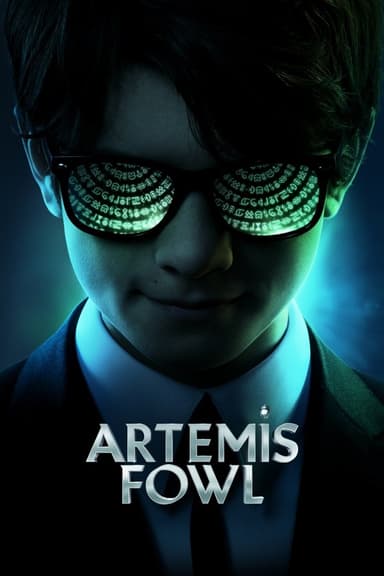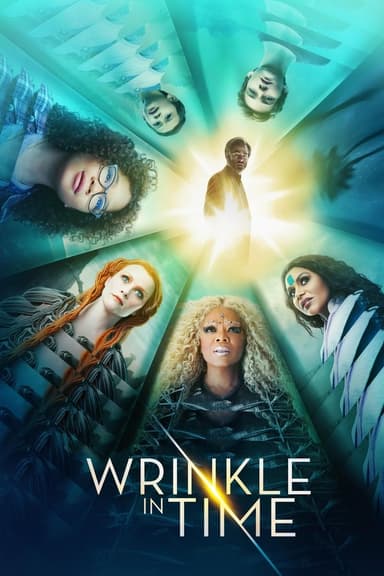
Christopher Robin
2018 • Adventure, Comedy, Family, Fantasy • PG
Christopher Robin, the boy who had countless adventures in the Hundred Acre Wood, has grown up and lost his way. Now it’s up to his spirited and loveable stuffed animals, Winnie The Pooh, Tigger, Piglet, and the rest of the gang, to rekindle their friendship and remind him of endless days of childlike wonder and make-believe, when doing nothing was the very best something.
Runtime: 1h 44m
Why you should read the novels
Reading the original Winnie-the-Pooh books allows you to immerse yourself in A. A. Milne’s charming storytelling style and gentle humor, elements that cinema cannot fully capture. Milne’s writings introduce not only Pooh and his friends, but also the magic of the Hundred Acre Wood, filled with subtle wisdom and poetic language that resonates with readers of all ages. Experiencing these stories in their original form offers a timeless connection to the innocence and imagination of childhood.
The books highlight the beauty of simple pleasures, friendship, and whimsical adventures, all illustrated by E. H. Shepard’s beloved artwork. As you read, you become part of the world Milne created, experiencing each silly adventure, gentle misadventure, and heartfelt moment first-hand, rather than as a bystander watching on screen. This personal engagement fosters a deeper emotional attachment and understanding of the characters’ charming quirks.
By exploring Milne’s works, you’ll discover poetic moments, subtle life lessons, and a sense of peace that often gets lost in adaptation. The nuanced wordplay, clever conversations, and gentle pace of the books allow you to savor each tale, making reading them a richer and more rewarding experience than any film adaptation can offer.
Adaptation differences
One of the main differences between Christopher Robin (2018) and the source books is the timeline and premise. The movie presents Christopher Robin as an adult who has lost touch with his childhood imagination, whereas the books depict him as a young boy enjoying everyday adventures with his friends in the Hundred Acre Wood. This change fundamentally shifts the tone—from the innocent, episodic adventures of the books to a bittersweet tale of rediscovery and adulthood in the film.
The characters in the movie are also reimagined through the lens of live-action and CGI, giving Pooh and the others a more textured, lifelike appearance that is visually distinct from E. H. Shepard’s iconic illustrations in the books. The film emphasizes nostalgia, using the characters to pull Christopher Robin back into his lost sense of wonder, rather than focusing primarily on their whimsical adventures.
Additionally, the plot of the film introduces new characters and settings that are not present in the original books. For example, Christopher Robin’s wife and daughter are significant figures in the movie, playing crucial roles in his journey of self-discovery. In contrast, the books focus almost exclusively on the escapades of Christopher Robin and the animals in the Hundred Acre Wood, with little to no mention of his life outside of these childhood adventures.
Finally, the movie often simplifies or modernizes the philosophical undertones of the books. While Milne’s works are filled with gentle humor, wordplay, and subtle reflections on life, friendship, and growing up, the film tends to translate these into more direct lessons or sentimental moments. This results in a different narrative texture, one that, though touching, cannot replicate the literary wit and quiet wisdom of the original tales.
Christopher Robin inspired from
The House at Pooh Corner
by A. A. Milne
Winnie-the-Pooh
by A. A. Milne










